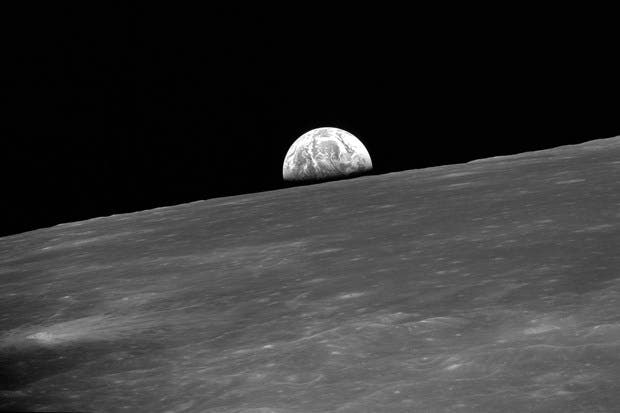In what has to be one of the strangest declassifications, three Apollo astronauts on 1969’s Apollo 10 mission heard strange “music” while passing over the far side of the moon, where communication with Earth is cut off.
The three astronauts onboard the mission — John Young, Eugence Cernan, and Thomas Stafford — were practicing the separation and docking of the Moon lander and orbiter when they heard the strange, almost musical sounds. The transcripts of the 1969 mission, which were first released in 1998 show that all the astronauts were shocked, speaking about the music and even discussing whether or not they should tell others about what they heard. At one point, Cernan says: “That music even sounds outer-spacey, doesn’t it? You hear that? That whistling sound?” He then asks: “Should we tell them about it?” while Stafford expresses doubt “We’re going to have to find out about that. Nobody will believe us.”
The tape, like several others of NASA’s previously unreleased files is discussed on the upcoming Science Channel series “NASA’s Unexplained Files.” Personally, I feel like the tone of the show is a bit too ‘out there’, pushing viewers to believe something that may not be there, but the episode is still not explained. The program suggests that radio interference may have caused the noises, but Alfred Worden, says this can’t be the case because all astronauts are well trained and experienced enough to recognize such interference.
“The Apollo 10 crew is very used to the kind of noise they should be hearing. Logic tells me that if there’s something recorded on there then there’s something there,” he told the show.
The origins of the sounds remain a mystery, and the fact that we are just now learning about something that happened almost 50 years ago makes me wonder what other unexplained mysteries lie in NASA’s classified files.



